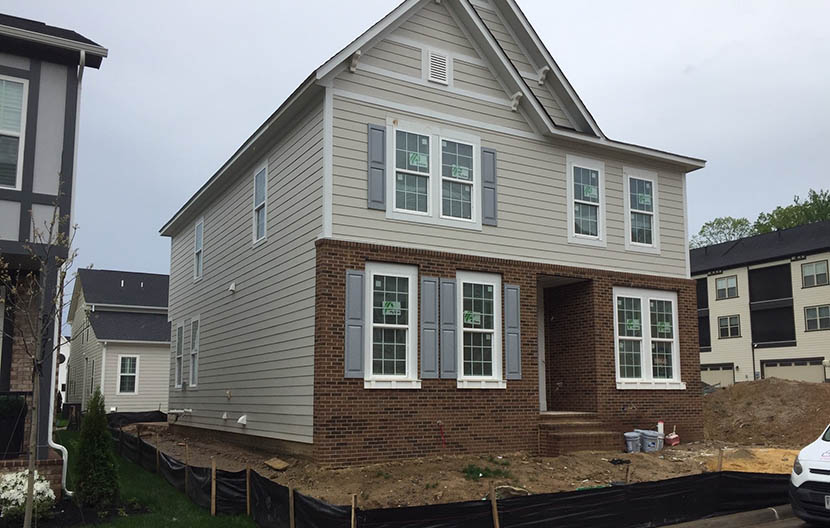
New Home Sales Fall for 1st Time in 6 Months–But No Worries

New home sales fell for the first time since May, HUD and the Census Bureau reported Wednesday. Even so, the news continued to be good.
The report said sales of new single-family houses in October fell by 0.3 percent from September to a seasonally adjusted annual rate of 999,000. However, the July, August and September rates were revised sharply upward, to 1.002 million. From a year ago, sales improved by 41.5 percent.
Regionally, sales were mixed. Sales in the South fell by 2 percent in October to 580,000 units, seasonally annually adjusted, from 592,000 units in September, but improved by 40.1 percent from a year ago. In the West, sales fell by 1.5 percent to 269,000 units in October from 273,000 in September but improved by nearly 36 percent from a year ago.
Sales in the Midwest jumped by 11.2 percent in October to 109,000 units, seasonally annually adjusted, from 98,000 units in September and improved by 51.4 percent from a year ago. Sales in the Northeast rose by 5.1 percent to 41,000 units in October from 39,000 in September and improved by 86.4 percent from a year ago.
In May, before going on a six month tear sparked by record-low interest rates and dwindling inventories, sales were at just 570,000.
“New home sales are so strong that they are even up when they are down,” said Mark Vitner, Senior Economist with Wells Fargo Securities, Charlotte, N.C. “Sales were revised higher for July, August and September, with the prior two months both slightly topping a one-million unit annual sales pace. As a result, October’s sales pace still came in 24,000 units above expectations, even though it declined by an ever-so-slight 0.3%.”
Vitner noted the “buoyance” in builder confidence (also at record levels), which leads new sales by a month, means new home sales likely remained near their current level in November as well. “Sales during the late fall and winter months are extremely volatile and are typically influenced by weather conditions and the timing of holidays,” he said. “The growing share of new home sales in the South and Southwest means new home sales should be less susceptible to swings in the weather, as conditions are typically good enough to build year-round throughout most of the region.”
“Demand for new homes in October continued to be strong, but supply constraints will likely limit the growth of new home sales going forward,” said Doug Duncan, Chief Economist with Fannie Mae, Washington, D.C. “The sales pace continued to exceed its typical relationship with the rate of construction. At the comparatively low level of started homes available for sale, we believe the current sales pace to be unsustainable. We continue to project a convergence in coming months via a softening of sales while housing starts show comparative strength. However, due to the revisions to past months’ numbers and third quarter sales coming in stronger than previously thought, our fourth quarter forecasts for both new sales and new housing starts will likely be revised upward.”
HUD/Census reported the median sales price of new houses sold in October rose slightly $330,600. The average sales price fell slightly to $386,200. The seasonally adjusted estimate of new houses for sale at the end of October held steady from September at 278,000. This represents a supply of 3.3 months at the current sales rate.
